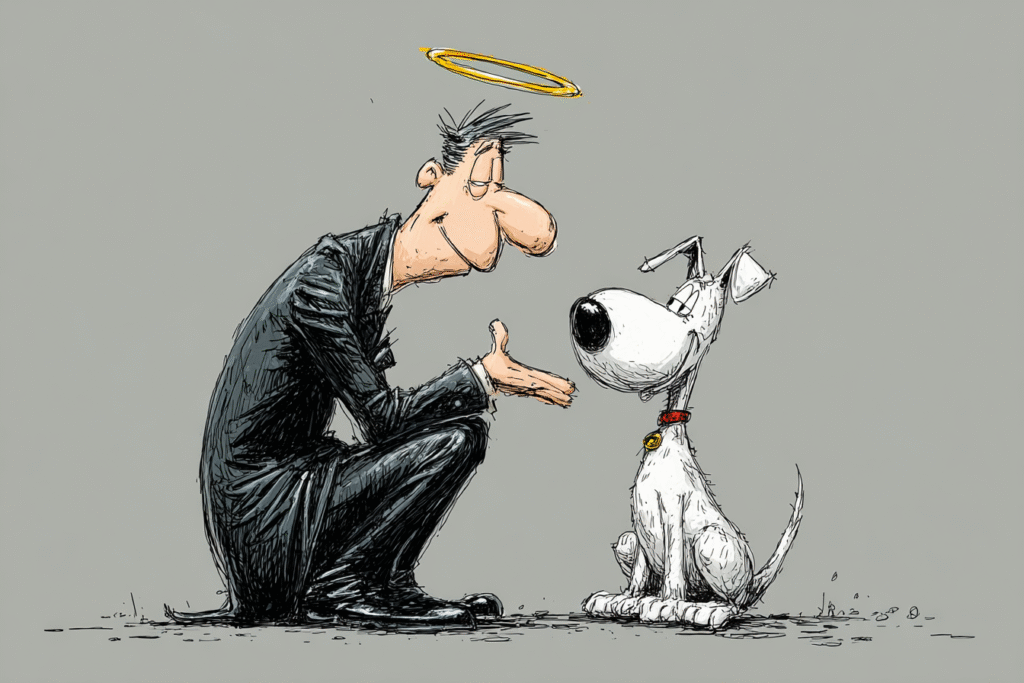
From the SRP Editor:
When you’re building your antagonist, here’s the first thing to tattoo on your forehead (or just a sticky note on your monitor, if you’re squeamish): the villain never thinks they’re the villain.
No one wakes up in the morning, stretches, yawns, and says, “Today I will do evil things because I am an evil person.” That’s cartoon logic. That’s Saturday morning melodrama. Real, memorable antagonists believe—fervently—that they’re right.
And that’s what makes them dangerous.
Your protagonist should want something desperately. Guess what? So should your antagonist. The kicker should be: those two goals can’t both exist in the same universe without a fight. That’s conflict. That’s story.
The best antagonists should argue their side so convincingly you almost nod along. Maybe you do nod along. That’s when your story gets delicious—when readers catch themselves sympathizing with the “wrong” side.
Think about it:
- A rebel fighting to overthrow the “corrupt” government might actually be the government’s nightmare terrorist.
- A parent trying to protect their child might bulldoze everyone else’s rights in the process.
- A villain bent on destroying the world might believe it’s the only way to save it.
See what I mean? These people aren’t twirling mustaches. They’re convinced they’re the hero of their own story. And your job is to make sure the reader feels that conviction.
So, when you’re crafting your antagonist, skip the melodrama and start asking questions:
- What do they want?
- Why do they think they’re right?
- How do they justify the collateral damage?
Make the answers convincing. Make them uncomfortably relatable. Then let them and your protagonist duke it out until only one worldview survives.
Because that’s story.
–Mark



